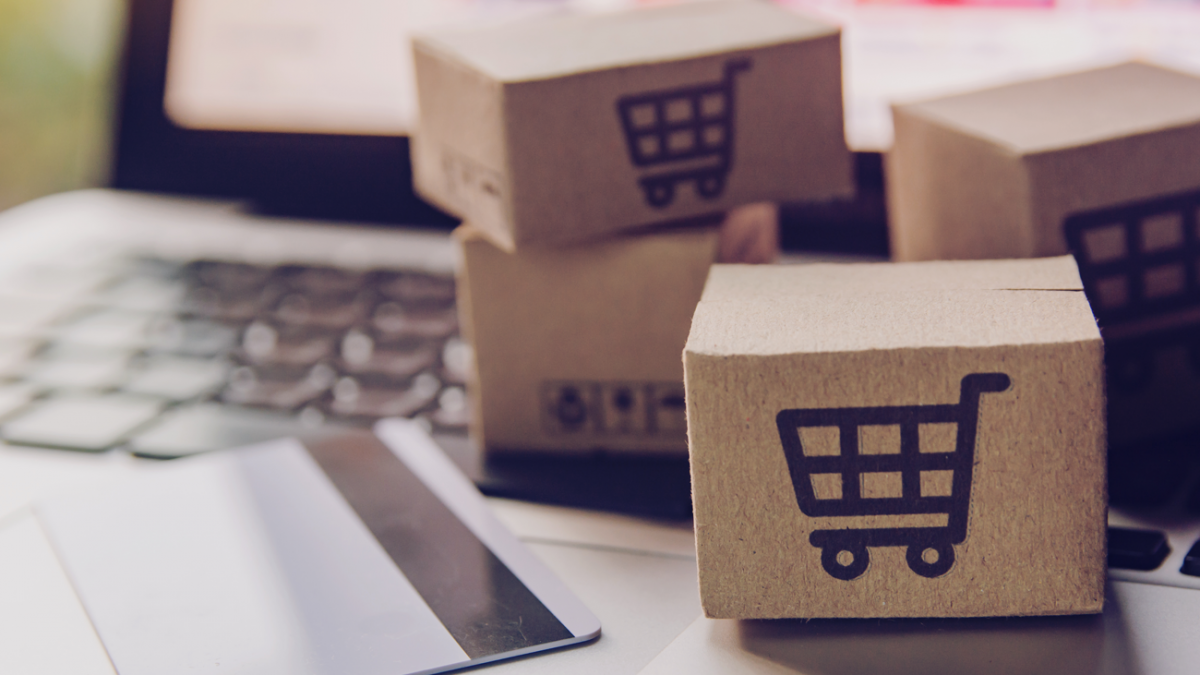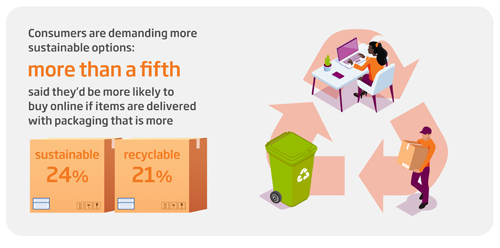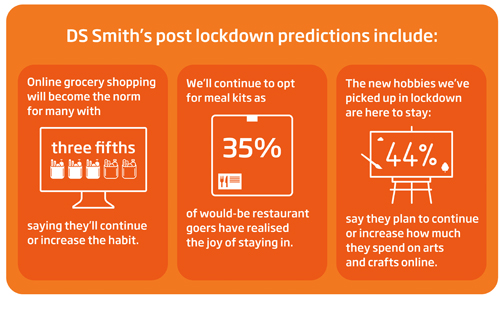Your weekly shop may never be the same according to brand new research which shows lockdown may well have permanently changed buying habits.
Trading in the shopping trolley for a laptop, the figures show that the huge rise in online shopping during the pandemic will be anything but a flash in the pan, with shoppers keen to continue to log on and check out.
e-commerce revolution
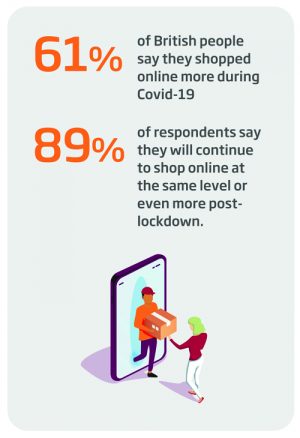 Covid-19 is ushering in a new age of consumer behaviour according to research which shows the vast majority of people plan to stick to their lockdown online buying habits.
Covid-19 is ushering in a new age of consumer behaviour according to research which shows the vast majority of people plan to stick to their lockdown online buying habits.
Retailers have seen online sales increase, with 61% of British people surveyed admitting to shopping more online during Covid19. This rapid increase in e-commerce is expected to add £5.3bn to UK e-commerce sales in 2020, totalling £78.9bn.
It looks like this rapid e-commerce revolution is here to stay, with 89% saying they will continue to shop online at the same level or even more post-lockdown. An overwhelming 93% now feel confident about buying items online.
One of the categories that has seen the biggest increase include groceries, with 39% of people reporting an increase in online shopping. As much of our attention turned towards our homes, it’s no wonder that 29% of people reported increased online shopping for home and garden products – contributing to the 41% of people who received a home, garden or DIY related product since the Covid-19 crisis.
The research is borne out further by statistics from DS Smith, a leading provider of e-commerce packaging in Europe, with the company seeing a 100% increase in packaging demand for food packaging, flowers, and hygiene products sold online since the start of the pandemic.
The new normal
Even with lockdown easing, DS Smith’s research shows that many of these new shopping trends catalysed by Covid-19 are here to stay, with more than half of respondents planning to buy groceries (60%), hygiene products (51%), and home and garden products (54%) online at the same rate or higher in the next six months. Across all surveyed categories – except beauty – men reported a greater uptick than women and said they were more likely to continue with their online shopping habits.
Trying something new
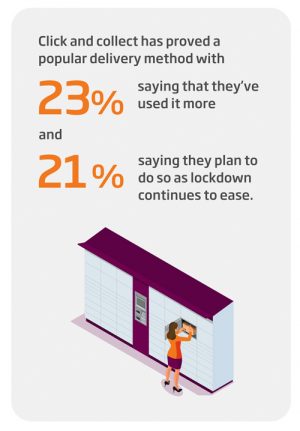 The changes aren’t just about volume. Not only are we buying more online, we’re also buying in new ways. Nearly a third of people surveyed said they have signed up to a new shopping website that they hadn’t used before lockdown and spending on meal kits and grocery delivery boxes increased by 114% after people were told to stay indoors.
The changes aren’t just about volume. Not only are we buying more online, we’re also buying in new ways. Nearly a third of people surveyed said they have signed up to a new shopping website that they hadn’t used before lockdown and spending on meal kits and grocery delivery boxes increased by 114% after people were told to stay indoors.
There’s also evidence that people did pick up new lockdown hobbies, spiking online orders for leisure products. DS Smith’s data shows a 60% increase in demand for e-commerce solutions for leisure. One in five (19%) have been embracing their creative side during lockdown by ordering arts and crafts items and Peloton, fitness equipment maker, saw their quarterly revenue soar by 66% since Covid-19 took hold.
As a result of these accelerated changes and to meet new customer demand, businesses large and small have been forced to rapidly initiate or adapt e-commerce offerings – a process which may have taken years without the imperative provided by the global pandemic.
Stefano Rossi, Packaging CEO at DS Smith, said, “There has been a seismic shift in the way consumers are shopping and we’ve been using our expertise to support businesses of all sizes with the rapid growth of e-commerce so they can survive and thrive through this uncertain time.
“What’s clear is that as lockdown eases further, these trends aren’t likely to fall away. Consumers have found new confidence and convenience in the way they shop, buying a whole range of items online – everything from the family food shop, to toiletries and home and garden products. If companies are not already transforming their business to meet this new age of e-commerce, they risk being left behind.”
What drives the e-consumer?
Reasons for buying online during the pandemic splits by gender and the generation. Men and younger people prioritise convenience, while women and older generations focus on safety.
However, as a green recovery and building back better becomes a global priority, sustainability is an increasing concern post-lockdown. Almost a quarter (24%) are more likely to buy online if items are delivered with less packaging or more sustainable packaging, and 21% are more likely to buy online if their products arrive in more recyclable packaging. Of the age groups, those between 25 and 34 were most sustainability conscious and women held this as a higher priority than men (27% of women would rather deliveries had less packaging than compared with 21% of men).
Consumers have different reasons for why they have drastically increased online shopping during Covid-19. There are nuances between genders for choosing to shop online, with 35% of men shopping online more for convenience, whereas 48% of women said safety was the main reason they have been buying items online.
Interestingly, people are also mirroring some of their brick and mortar shopping habits online; a third of people have ‘window shopped’ online or kept a wish list during lockdown and over a third of people bargain hunt online.
Rossi, added, “The research shows that greener packaging is a real concern for shoppers and as we help our customers make a green recovery a practical reality and priority through simple measures like adopting sustainable packaging.”
He concluded, “We’re keen to help brands and businesses navigate this path and work with them so that they can benefit from sustainable packaging solutions that its clear their customers desire.”

